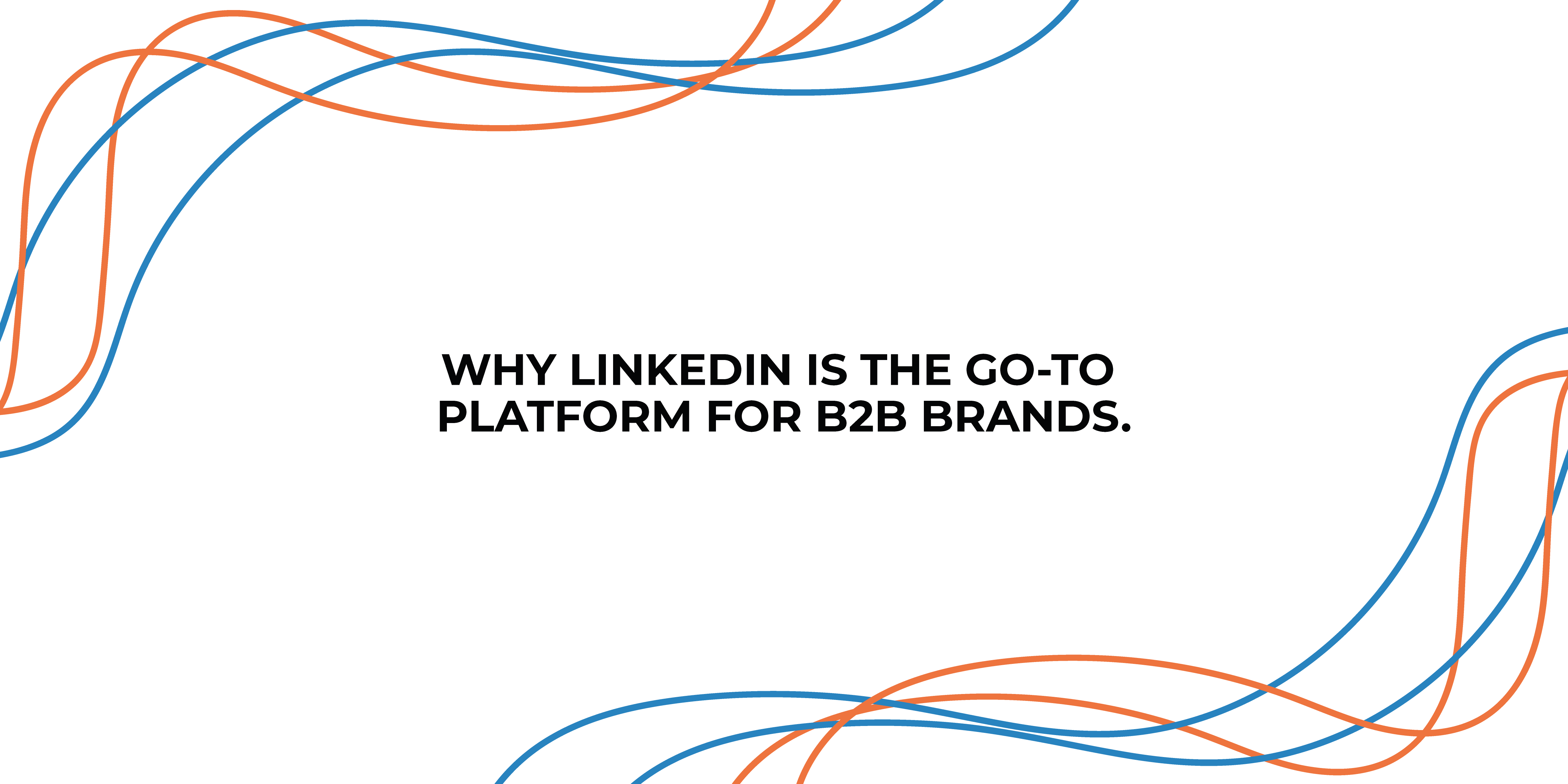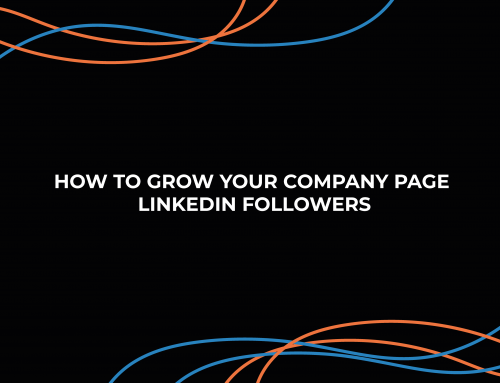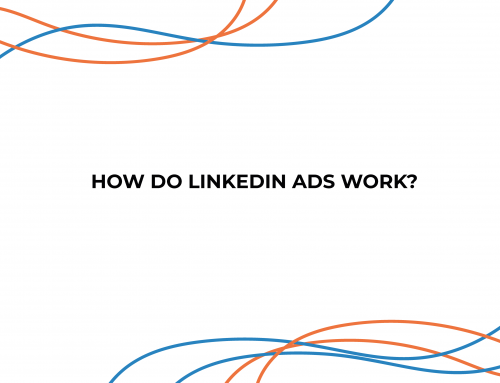LinkedIn has been a go-to social media platform for many years now, but that doesn’t mean it’s immune to the same issues plaguing other social media networks. However, LinkedIn does have one thing going for it: advertising revenue.
If you’re looking for ways to promote your business on LinkedIn, but aren’t sure where to start, this blog will walk you through all of the options available within the platform’s advertising program, and show you how each method works best depending on what type of business you operate.
LinkedIn offers advertisers several ways to reach potential customers.
To reach potential customers, LinkedIn offers several ways, but in this blog, we are going to focus on the most popular formats to reach potential prospects.
- Sponsored content: This is posted on their news feed and is shown to users who match the demographics you specify. The post will also appear in the profiles of people who engage with your content.
- Sponsored inMail: This is an email sent directly to a targeted audience of your choice via LinkedIn’s platform. You can target based on company size, job title and more.
- Text ads: These are intuitive, self-service ad formats that enable you to efficiently create, manage, and optimise customised campaigns in a matter of minutes.
- Dynamic ads: These are ads that are shown as an individual user scrolls through their news feed or click around other parts of LinkedIn’s site. You can show different versions of these ads based on things like device or location (if you’re targeting specific countries). They tend to be more expensive than other ads because they’re shown to fewer people but have higher engagement rates overall due to being targeted so precisely.
With LinkedIn’s Sponsored Content, you can turn your organic posts into ads that appear in a user’s news feed.
LinkedIn’s Sponsored Content tool allows you to turn your organic posts into ads that appear in a user’s news feed. You can target specific users by job title, company size and more, or even target them based on their industry and location.
In addition to targeting these users with Sponsored Content, you’ll have the option of running ads directly from LinkedIn’s sales team.
Sponsored InMail is the same thing as an email marketing campaign, only it’s on LinkedIn.
Now that you know the basics of LinkedIn ads, let’s get into Sponsored InMail. It’s the same thing as an email marketing campaign, only it’s on LinkedIn.
InMail works by sending your message to people who are not following you or aren’t connected to you in any way. This is a great way to reach people who aren’t already following you and/or don’t know they’re interested in what you have to say yet because they don’t know who you are yet!
On top of this though, InMail also allows users with existing relationships with your company or brand (i.e., if someone has been following their feed for a while) and allows them the ability to message that user directly through LinkedIn’s platform itself (i.e., without having gone out of their way). So if someone sees something interesting from one of their connections, they can go ahead and engage without ever leaving their current screen—which makes sense considering this person probably knows all about Instagram anyway so why not just stay here?
To reach users based on their industry, job title, company size and more, use the Text Ads feature.
To reach users based on their industry, job title, company size and more, use the Text Ads feature.
- The Text Ads feature is a great way to reach a specific audience—and to get them to click your link.
- Text ads are similar to Sponsored InMail in that you can use text ads to target people based on their job title or company size—but unlike Sponsored InMail, text ads are cheaper than Sponsored InMail ($2 per click compared with $4 per click).
With LinkedIn’s Dynamic Ads, the platform uses algorithms to target users who are most likely to be interested in a product or service.
LinkedIn’s Dynamic Ads use machine learning to understand user behaviour, and then serve up relevant ads. LinkedIn uses data from your website, app and other digital properties to target users based on their interests.
The platform will also use information such as the time of day or day of the week you’re running an ad campaign to help determine which audience should see it.
LinkedIn provides several options for targeting:
- Targeting by interest group: Select an audience that has interests similar to yours based on the topics they’ve chosen in their profiles or groups they’ve joined.
- Targeting by job title: Choose a specific job title for your target audience (for example, “sales manager”) so that only people with that job title will see your ad when LinkedIn searches for it using keyword targeting options like “title” or “keyword.”
Roundup
As you can see, LinkedIn’s paid advertising options are beneficial for companies of all sizes. It’s easy to set up and manage campaigns, so if you’re not already using this platform for your business, we recommend giving it a go.
If you want to find out more about what LinkedIn offers and why B2B should be utilising LinkedIn, we have plenty of blogs that can help you out! Go and check them out!





